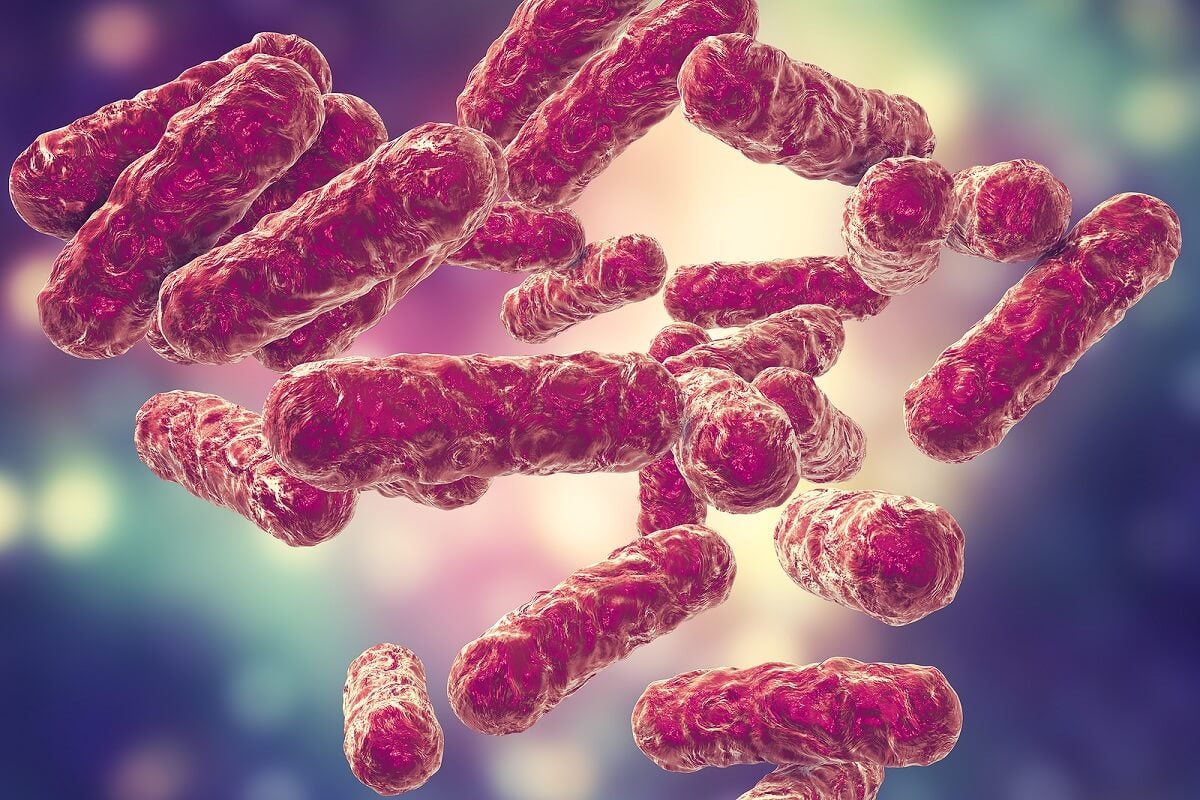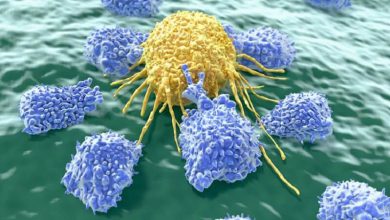3 Bacteria That Contaminate Meat

Are there bacteria that contaminate meat and cause health problems? Yes of course. In fact, one of the most common reasons for emergency room visits is food poisoning. To avoid them, you have to know the potentially dangerous microorganisms and how to prevent them from reproducing in foods that are commonly consumed.
Problems related to food hygiene can be mainly of two types. In the first place, it can happen that bacteria are ingested that colonize a specific area of the intestinal tract and cause damage.
On the other hand, it is also possible that the harmful metabolites generated by these microorganisms are consumed directly and their potentially harmful effects are experienced.
Why can meat be contaminated?

Normally, the bacteria that contaminate meat are found on the surface of the food and can get there by multiple mechanisms. One of them is contact with the viscera of the animal, where the microbiota is found. From here, a growth is generated that leads to colonization.
Another cause is cross contamination with any other product with which the food has contact in the industrial context or even during the preparation of the dishes at home.
On many occasions, contamination does not occur directly through contact with microorganisms: the spores that are deposited on the meat later hatch when environmental conditions are optimal. The negative part is that these spores are very resistant to changes in temperature, which makes their extermination difficult.
In fact, it is possible that they are inactivated during freezing, but if the meat is left at room temperature afterwards, they become activated again and manage to develop the pathogenic microorganism.
Anyway, the presence of bacteria that contaminate meat is quite frequent. The problem appears when the number of them is excessive, in such a way that it exerts damage to the intestinal level.
It can also happen that a specific genus, potentially pathogenic, stands out above the rest. This situation can create a severe health hazard. However, if food hygiene rules are observed, there is no reason to be a problem.
Bacteria that contaminate meat
Below, you will find a review of the main bacteria that contaminate meat, as well as some tips to avoid such situations. Remember that prevention is always better than cure.
Eschericia coli
This bacteria is characteristic of the surface of red meat. These are particularly dangerous microorganisms in the context of minced meats, since the processing implies that the entire piece of food comes into contact with the microorganism. This causes the bacteria to be found on the surface, but also inside.
The ingestion of these pathogens generates intestinal problems. Diarrhea, gas, pain, vomiting and even fever are common. This is evidenced by an investigation published in the journal Critical Care Nursing Clinics of North America , in which the most frequent complications are exposed.
Contamination with this type of bacteria is very common in the case of processed red meat, the main ingredient in hamburgers and other types of fast food. To prevent their growth, nitrites are often used as additives. However, these substances are not without risks either.
Salmonella
Despite being a characteristic bacterium of mayonnaise and eggs, it can also be found in many meats. Cooking normally destroys it, so it is always recommended that the product reaches a temperature of at least 65 degrees Celsius inside before being consumed.
It is a pathogen that also generates a clinical picture based on intestinal discomfort, although in the most severe cases a high fever may appear. Detailed aspects of its epidemiology are reflected in an article in Food Microbiology .
Hospitalization in patients who become intoxicated with this microorganism is not uncommon. Even dehydration can also occur due to diarrhea and continuous vomiting that requires the infusion of serum.
Staphylococcus
It is more infrequent than the previous two, but it can also develop on the surface of meats . Both red and white are susceptible to harboring this bacterium that presents with a severe clinical picture and that can generate a liver over-demand on some occasions, although these are rare cases.
The main problem with this genus of bacteria is that they have developed resistance to several different types of antibiotics, as the experts at Nature Reviews well point out .
This situation complicates its treatment, since there are few effective drugs to eradicate the pathogen in the case of colonization. In fact, an overgrowth of these microorganisms at the intestinal level is considered to be one of the most frequent causes of intestinal dysbiosis.
How to prevent meat from being contaminated?

To prevent the growth of bacteria that contaminate meat, it is necessary to take into account a series of food hygiene regulations. The first of these is not to break the cold chain, since semi-warm temperatures can generate their growth.
On the other hand, it should be remembered that the best way to preserve these foods is frozen. In this way, many pathogens are destroyed and spores are inactivated, reducing the risk of poisoning.
When defrosting the product, it is best to put them in the refrigerator or directly in the pot in the case of small foods; leaving them at room temperature is never a good idea.
Finally, do not forget to wash the utensils well before handling different foods, especially if they are raw. Using the same knife for everything could be a possible vehicle for contamination.
Meat can be contaminated by bacteria
As you have seen, there are several bacteria that can contaminate meat. In addition, there are more different strains with this capacity, although it is less frequent to experience poisoning from them due to their scarce populations. Do not forget that through good hygiene habits you can prevent these problems efficiently.
Keep in mind that, once consumed, these pathogens may be capable of putting the individual’s health at risk. Therefore, prevention will always be the best control mechanism.









